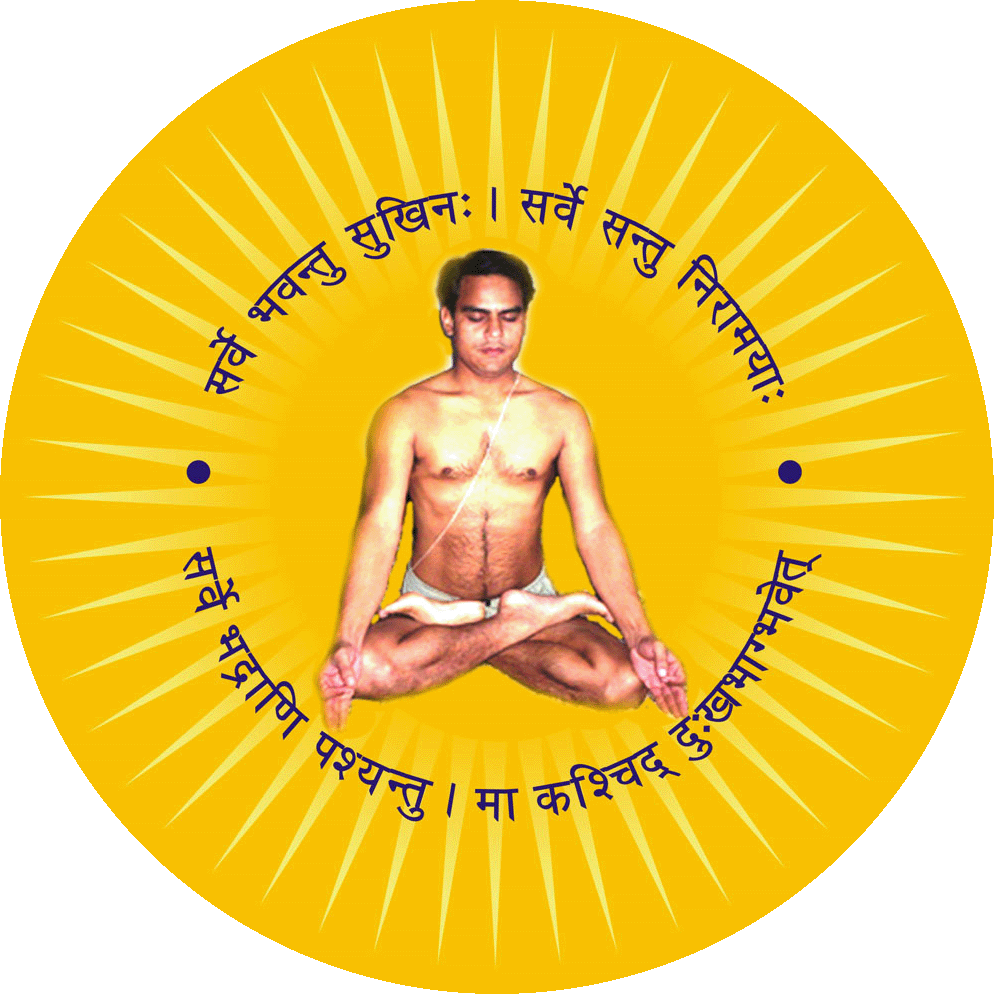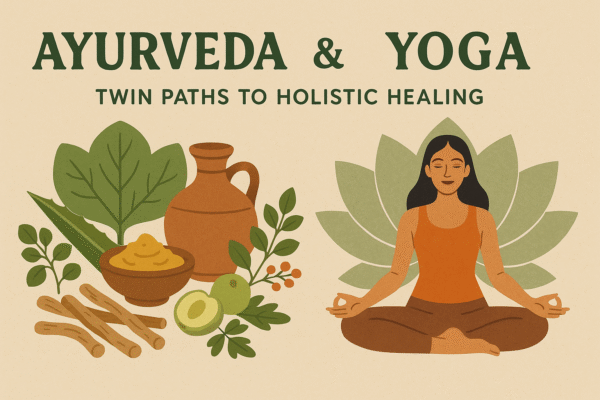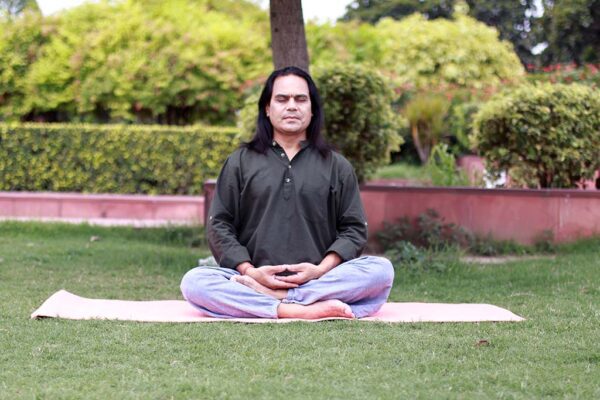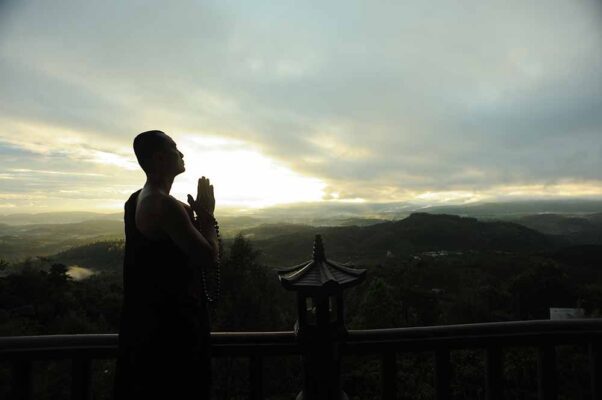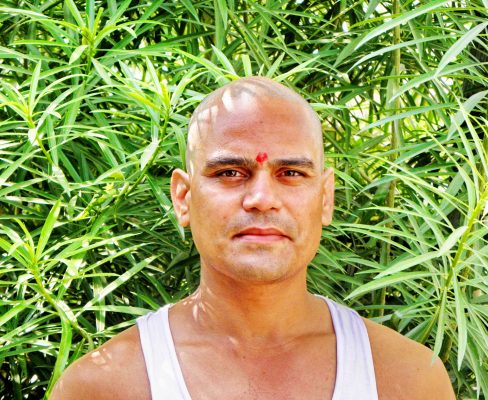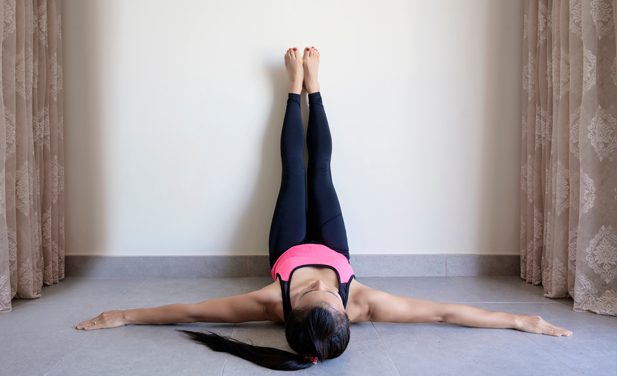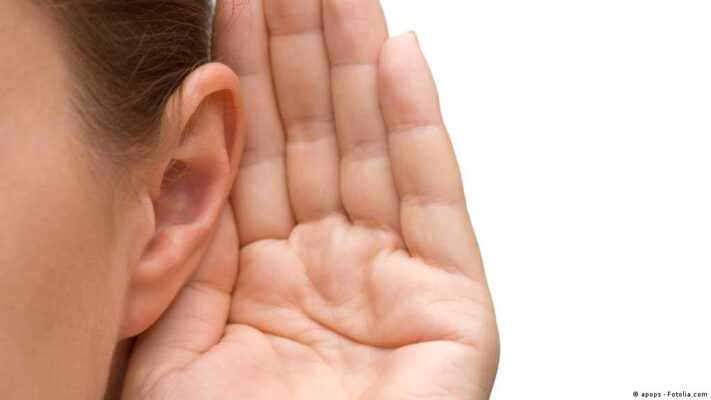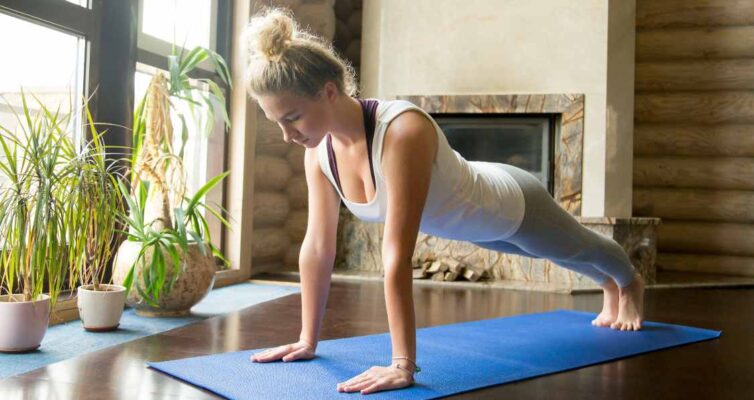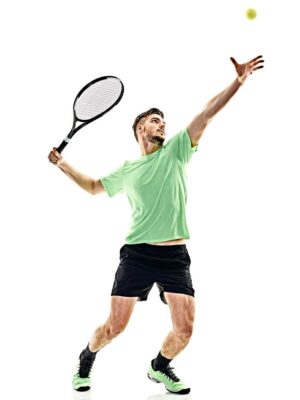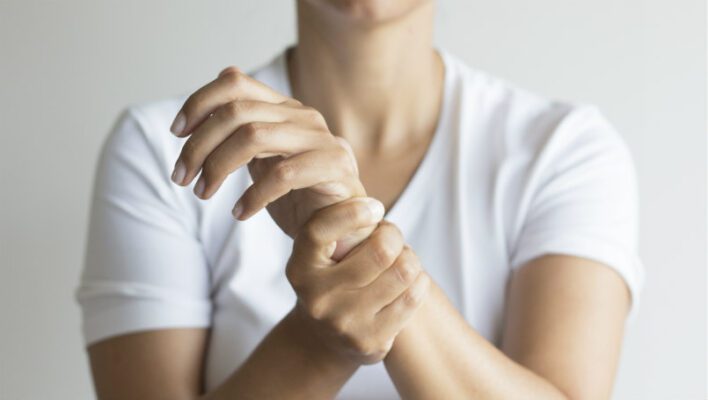One of the essential yoga poses for beginners is a downward-facing dog. It promotes flexibility and strengthens the back while lengthening the spine and hamstrings. This posture also improves circulation. Begin by placing your hands on the floor, press your shoulders and pull your hips toward the ceiling. You can also hold your arms at your side or remove them closer to your body.
This Yoga pose is an excellent foundational balance pose and requires the spine’s proper alignment. To perform it, you must extend your arms in front of you while relaxing your shoulders. You may want to practice the pose with your palms on a wall or a chair under your bent thigh. This pose strengthens the core, lengthens the body, and aids digestion. It is also helpful for relieving stress.
Another important beginner pose is the child’s pose. It stretches the lower back and thighs while relaxing the mind. Practicing it on all fours on the floor is very easy, and the pose also recommends for kids. It is a great way to relax and build self-discipline.
Some of the more challenging yoga poses require good mobility in the hips. People who spend most of their days sitting down may find it challenging to reach these positions. However, these difficult poses do require time, patience, and effort
Balasana (Child Yoga Pose)

Child Pose is a great pose to start with if you’re a beginner yoga practitioner. It stretches the hips and back muscles. Begin by kneeling on your knees and leaning forward with your head and shoulders touching the floor. Then, extend your arms out in front of you and gently roll your shoulder blades back. To perform the pose correctly, you’ll want to focus on breathing deeply and slowly, in and out.
Child Pose is an easy yoga pose for beginners and has often used as a resting pose between more challenging poses. It helps stretch the hips and relieves stress and fatigue. You’ll also find that it relaxes the front part of the body while passively stretching your back torso.
Child Pose is not challenging for beginners, but it can help beginners improve flexibility and posture by opening the hips. It can also help relieve headaches. If you have stiff shoulders, ankles, or thighs, consider using a blanket or block to support your body. And as always, breathe deeply and mindfully to get the most benefits.
Legs-Up-The-Wall pose

Legs-Up-The-Wall is a simple but effective yoga pose. It stretches the hamstrings, glutes, spine, and hips. It also reduces the curvature of the lumbar spine and elongates the back muscles. The closer you are to the wall, the more intense the stretch. This exercise is easy to learn and requires only 15 minutes of your time.
Begin by lying flat on your back. Place one hip against the wall and your hands on your heart or belly. Keep your torso and legs together, and draw air deep into your torso. Once you’ve done this, cross your legs. You can also tie a strap around your thighs and shins to help you maintain the pose. Alternatively, you can place a bolster under your hips and a folded blanket under your legs to help you keep your body alignment.
This exercise is considered safe for most people, but pregnant women should consult a doctor before performing it. People with high blood pressure or severe spine or neck problems should also consult a doctor. However, this exercise is generally safe for beginners. It may be difficult for people with tight hamstrings and lower backs.
Legs-Up-The-Wall is an excellent way to relieve tension and stress. It is also easy to perform and is perfect for beginners. This pose is a beautiful addition to any yoga practice with proper instruction.
Cat/Cow yoga pose

The Cat/Cow pose is a simple but effective intro to yoga that improves flexibility and strengthens the spine while giving the arms a rest. It’s also a great way to start if you have back pain.
Cat/Cow poses also teach beginners how to make smooth transitions from one position to the next. To begin the Cat/Cow, place hands on the floor with wrists directly underneath shoulders. In the second half of the pose, draw your chin toward round the spine and the back toward the ceiling.
Remember to link your breathing with movement when practicing the Cat/Cow pose. To do this, inhale during Cat Pose, and exhale during Cow Pose. Doing this will stretch the spine, neck, and hips. If your knees get tired, you can put a rolled-up towel underneath them. To make the pose more accessible, try to keep your knuckles on the floor, but don’t place too much pressure on them.
When practicing the Cat/Cow pose, remember to maintain a neutral spine while arching your back. It helps you to protect your neck and improve your coordination. To keep a neutral spine, you must breathe thoroughly and gently.
Uttanasana ( Standing Forward Bend Pose)

Uttanasana is a yoga posture that involves the entire body. It should only perform under the supervision of an experienced yoga trainer. Incorrect technique can result in injury. For example, overstretching the muscles can result in compression of the spine. Additionally, it should perform this pose in a clean and well-ventilated space. It is also essential to keep away from distractions while performing this pose.
The basic posture of Uttanasana requires that you bend forward, holding your big toes. You should turn your elbows to the sides and reach your crown toward the floor. This pose requires a lot of practice. For beginners, it may be helpful to lean against a wall for support.
Those who experience back pain may wish to use a yoga block to support their backs while performing this pose. Once comfortable in this pose, bend your knees and keep your hands on your thighs. It would help if you allowed your head to fall back while relaxing your neck. Stay in this position for five breaths.
Once you have a firm grasp of the fundamentals, you can move on to more advanced techniques. You can work on improving your posture by focusing on the correct alignment of your spine. For example, if you can align your hips with your heart, you’ll find that your body’s alignment will be more even.
Shavasana ( Corpse Yoga Pose)

Shavasana, also known as Corpse Pose, is supposed to be one of the most accessible poses for beginners to practice. However, most humans have difficulty focusing on nothing and letting go. Fortunately, there are many ways to make this pose easier for beginners. Follow these tips to learn how to make this pose more effective.
First, start by laying on your back. Be sure to extend your arms and legs, but keep your eyes closed. Take deep breaths, keeping your body relaxed. Next, think about placing five-kilogram weights on your thighs. Imagine these weights pressing on your thigh bones and imagine them becoming heavier.
Once you’re in this posture, scan your body to see where tension may be hiding. If you have tight muscles, release them by wriggling your fingers or toes. Once you’re sure that your body is relaxed enough, you can relax. It’s essential to stay in this pose for at least five to 15 minutes.
The first step in preparing for Shavasana is to stretch your spine. Begin with your fingertips and then move upward. As you try, the lower abdomen may release and spread. As the spine opens, the upper back and chest may also release. It should extend the arms away a foot, but the upper arm should not touch the chest. In addition to the body, the palms of your hands should be facing upwards with the fingers curling naturally. You may want to use a pillow underneath your forearms to provide support.
Tadasana (Mountain yoga Pose)

Tadasana is a great beginner yoga pose that will help to improve posture and cure many health conditions. It strengthens the back, arms, legs, and thigh muscles. It also helps to relieve lethargy in the body and is recommended for people with low blood pressure and health problems. In addition, it helps to ease indigestion.
Tadasana performs by raising the toes while rocking the body. You must engage your lower abdominals and tighten your thighs in this posture. Also, keep the bottom of your chin parallel to the floor. You should stay in this position for at least ten breaths.
The first step in learning Tadasana is finding a comfortable place to practice yoga. You should also make sure that your feet are correctly aligned. The feet should be closed, with a small gap between the heels. Then, your hands should be straight, and your eyes should be closed.
Tadasana is the starting position of all standing poses. You’ve probably heard of this posture if you’ve been practicing yoga for a while. It’s the essential starting position of many other yoga poses and is considered the base of most yoga practices. Learning to perform Tadasana correctly is necessary for a safe and effective method.
Try it once or twice a day to get the most benefit from this posture. It will help you build up your body’s flexibility and strength. Inhale and exhale slowly.
Downward-Facing Dog pose

Downward-facing dog is a simple yet challenging yoga pose. Beginners may find it challenging to maintain their posture, especially those with limited flexibility. However, a downward dog can be a safe and effective yoga posture with a few modifications. While attempting a downward-facing dog, it’s important to avoid locking your knees, which can lead to injury. Instead, keep a slight bend in your knees.
To perform a downward-facing dog, begin by bending your knees. It will ensure that your hands are rooted. Your elbows should point forward toward the space between your index and thumb. After a few seconds, straighten your legs and ensure that your spinal alignment is neutral.
When practicing downward-facing dogs, remember that the posture stretches your shoulders, so they must be strong. If you have a weak upper body, you will most likely compensate by scrunching your shoulders, giving yourself less room in the neck. If your shoulders are too tight, you may need to step your feet farther from your hands and bend your knees.
Once your shoulders have stabilized, you can move on to the next part of the pose, the downward-facing dog. You can modify the downward-facing dog pose by bending your knees, extending your arms, or using a bolster to support your torso. Try dolphin pose if you’re looking for a more challenging downward-facing dog. This pose is much more complex than a down-facing dog and develops strength, flexibility, and muscle coordination.
Conclusion
Practicing yoga can help you overcome many health problems, including stress and anxiety. It can also help you improve your sleep habits and energy levels. Yoga unites the mind and body and can significantly impact every area of your life. Though it may take months or years to see the full benefits, the practice of yoga can improve relationships, emotional awareness, and more.
